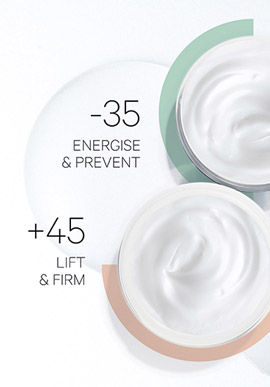
Understanding melasma: causes, symptoms and treatments
Melasma is a skin condition that can cause aesthetic concerns for many women. It is often described as hyperpigmentation of the skin that manifests as irregular brown spots on the face. In this article, you'll explore the possible causes of melasma, associated risk factors, available treatment options, and preventive measures. We will also see the skin care to take into account to minimize the risk of these dark spots appearing…
Causes still hypothetical, risk factors identified
Melasma is a complex skin condition whose precise causes remain unclear. However, several combined factors such as genetic predispositions, hormonal imbalances and environmental factors are considered triggers.
Women are more likely to be affected than men and individuals with darker skin tones are at higher risk. Hormonal factors such as pregnancy, the use of hormonal contraceptives or menopause are frequently associated with the appearance of melasma. Exposure to UV rays is also a proven cause, with a greater incidence in people with skin that is more sensitive to these rays.
The use of cosmetic products containing perfumes or essential oils can attack the skin and lead to development. Finally, certain medications such as antibiotics, anticonvulsants and photosensitizing products can increase the risk of the onset of the condition.
Very characteristic symptoms
Melasma is mainly manifested by the appearance of irregular brown spots on the face. These spots can vary in size and shape, and they are usually located on the forehead, temples, cheeks, nose and upper lip.
They can be light to dark brown in color and can sometimes be mistaken for freckles or age spots. It should be noted that they are not raised or painful and do not have a rough texture.
However, be aware that melasma is not contagious and has no symptoms other than skin pigmentation. However, this condition can persist for months or even years, even in the absence of triggers such as sun exposure or hormonal fluctuations.
Local treatments aimed at limiting the development of melasma
Treatment for melasma is determined by the severity of the condition and the preferences of the patient. Several treatment options are available, including depigmenting creams, chemical peels, lasers and cryotherapy.
creams aimed at combating hyperpigmentation often contain hydroquinone, an ingredient active that inhibits the production of melanin in the skin. Chemical peels are another treatment option that can help reduce the appearance of the skin condition. They exfoliate the top layers of the skin to reveal clearer, more even skin.
Lasers and cryotherapy can also be used to treat melasma. Lasers work by targeting dark pigments in the skin and breaking them up, while cryotherapy uses a frozen substance to destroy pigment cells.
It is essential to integrate the idea that melasma treatments are not always effective and may require several sessions to obtain satisfactory results. Not to mention that it is crucial to protect the skin from the sun to avoid a recurrence of melasma.

